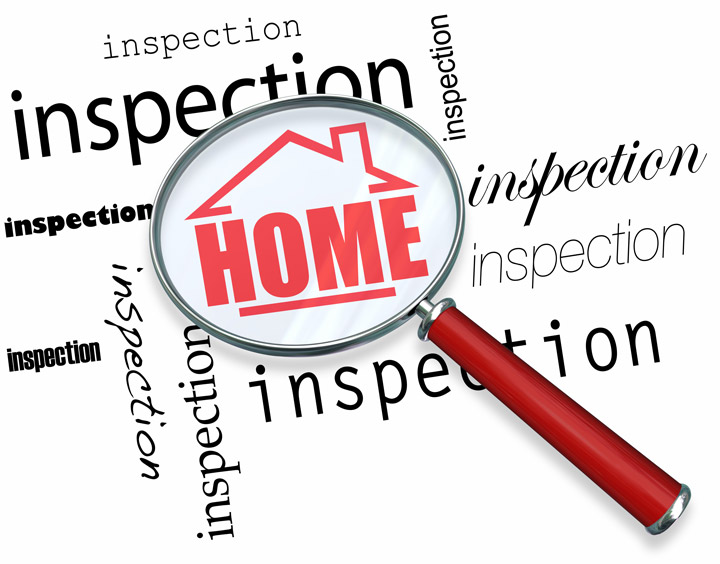
Understanding AppraisalsBuying real estate is the largest transaction many people may ever encounter. Whether it's where you raise your family, an additional vacation property or one of many rentals, the purchase of real property is a complex transaction that requires multiple people working in concert to see it through. Most of the people participating are very familiar. The real estate agent is the most recognizable face in the transaction. Next, the bank provides the financial capital needed to fund the deal. And ensuring all details of the transaction are completed and that the title is clear to pass to the buyer from the seller is the title company. So, what party makes sure the value of the property is consistent with the purchase price? This is where the appraiser comes in. We provide an unbiased estimate of what a buyer might expect to pay — or a seller receive — for a parcel of real estate, where both buyer and seller are informed parties. A licensed, certified, professional appraiser from Carolyn Stewart will ensure, you as an interested party, are informed. The inspection is where an appraisal beginsTo ascertain an accurate status of the property, it's our duty to first conduct a thorough inspection. We must actually see aspects of the property, such as the number of bedrooms and bathrooms, the location, living areas, etc, to ensure they indeed are there and are in the shape a typical person would expect them to be. To ensure the stated size of the property is accurate and convey the layout of the house, the inspection often includes creating a sketch of the floorplan. Most importantly, we look for any obvious amenities - or defects - that would have an impact on the value of the house. Once the site has been inspected, we use two or three approaches to determining the value of the property: sales comparison and, in the case of a rental property, an income approach. 
Cost ApproachThis is where the appraiser gathers information on local construction costs, labor rates and other factors to ascertain how much it would cost to build a property nearly identical to the one being appraised. This estimate commonly sets the maximum on what a property would sell for. It's also the least used predictor of value. 
Paired Sales AnalysisAppraisers are intimately familiar with the communities in which they appraise. They innately understand the value of specific features to the people of that area. Then, the appraiser looks up recent transactions in the area and finds properties which are 'comparable' to the home at hand. By assigning a dollar value to certain items such as square footage, additional bathrooms, hardwood floors, fireplaces or view lots (just to name a few), we adjust the comparable properties so that they more accurately portray the features of subject.
Once all necessary adjustments have been made, the appraiser reconciles the adjusted sales prices of all the comps and then derives an opinion of what the subject could sell for. At Carolyn Stewart, we are an authority when it comes to knowing the value of real estate features in Flagstaff and Coconino County neighborhoods. This approach to value is most often given the most consideration when an appraisal is for a real estate purchase. Valuation Using the Income ApproachIn the case of income producing properties - rental houses for example - we may use an additional approach to value. In this situation, the amount of income the real estate yields is factored in with other rents in the area for comparable properties to determine the current value. Arriving at a Value ConclusionExamining the data from all approaches, the appraiser is then ready to stipulate an estimated market value for the property at hand. The estimate of value on the appraisal report is not always what's being paid for the property even though it is likely the best indication of what a property is worth. Depending on the individual situations of the buyer or seller, their level of urgency or a buyer's desire for that exact property, the closing price of a home can always be driven up or down.But the appraised value is typically used as a guideline for lenders who don't want to loan a buyer more money than the property is actually worth. The bottom line is, an appraiser from Carolyn Stewart will help you attain the most accurate property value, so you can make profitable real estate decisions. |